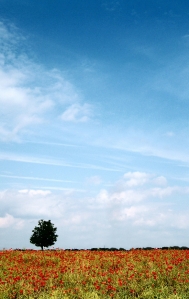 For anyone located in the US, Facebook has introduced Legacy Contact, a set of features that allow a user to nominate a friend to manage their account, albeit in a more restricted way, after they die. A Legacy Contact is able to update profile photos or add new friends and family contacts in memory of and on behalf of their deceased friend. Importantly, a user can also indicate whether or not they’d like a copy of their Facebook data to be downloaded by their assigned contact or alternatively instruct Facebook to delete their account after their death.
For anyone located in the US, Facebook has introduced Legacy Contact, a set of features that allow a user to nominate a friend to manage their account, albeit in a more restricted way, after they die. A Legacy Contact is able to update profile photos or add new friends and family contacts in memory of and on behalf of their deceased friend. Importantly, a user can also indicate whether or not they’d like a copy of their Facebook data to be downloaded by their assigned contact or alternatively instruct Facebook to delete their account after their death.
For everyone else, Facebook memorialisation is an option but this process can pose issues as guest blogger Nicole Wright points out. Here are some thoughts on how to preserve your personal history and avoid it from being lost or locked into the social networking site, so you can reminisce over fond memories in years from now and also share these with your loved ones when your time comes.



